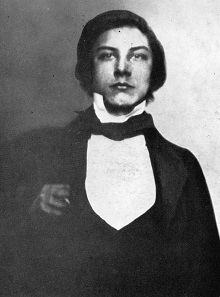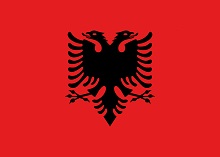
Self portrait at 14
- "William Henry Perkin," Science History
Institute
A Happy Accident: Mauve
In 1856, during Easter vacation from London’s Royal College of Chemistry, 18-year-old William Henry Perkin (1838–1907) synthesized mauve, or aniline purple—the first synthetic dyestuff—from chemicals derived from coal tar. - "Sir William Henry Perkin’s 180th Birthday,"
Google, 12 Mar. 2018.
Born in England on March 12th, 1838, chemist Sir William Henry Perkin accidentally discovered “mauveine,” the first synthetic dye.
As an 18-year-old laboratory assistant, Perkin was cleaning out dark muck from a beaker after a failed experiment, when he noticed that the substance left a vivid purple stain when diluted with alcohol. Following his discovery, he focused on the patenting, manufacturing, and commercialization of this purple dye, which he named “mauveine.”
Perkin's timing was remarkable as the textile industry was at a high. Purple clothing was very much in style, but prohibitively expensive for most, not to mention quick to fade. Perkin’s strong and inexpensively produced mauveine finally made this once-exclusive color readily accessible, igniting a violet fashion frenzy—as seen in today’s Doodle by UK-based illustrator Sonny Ross. Even Queen Victoria herself wore a mauveine-dyed gown to the Royal Exhibition of 1862! - "Sir William Henry Perkin," Encyclopædia
Britannica.
In 1853 Perkin entered the Royal College of Chemistry, London, where he studied under August Wilhelm von Hofmann. While Perkin was working as Hofmann’s laboratory assistant, he undertook the synthesis of quinine. He obtained instead a bluish substance with excellent dyeing properties that later became known as aniline purple, Tyrian purple, or mauve. In 1856 he obtained a patent for manufacturing the dye, and the next year, with the aid of his father and his brother Thomas, he set up an aniline manufacturing plant near Harrow.
